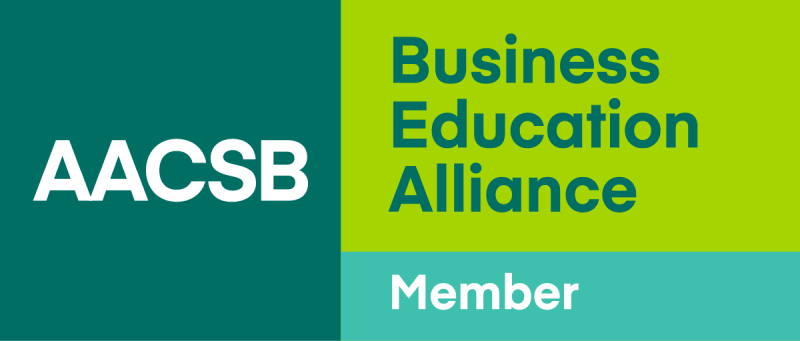Entrepreneurial Cost Analysis - Planning and Decision-Making Techniques for SMEs
Tonny, a young entrepreneur, turns his passion for baking into a growing business using cost accounting to guide key decisions. Can he turn his love for cakes into a profitable café venture through smart cost management?
At a glance
Country
Thailand
Industry
Bakery & Beverage
Business Type
Sole Proprietorship/ Home-based SME
Case Focus
Cost Accounting
Abstract
Tonny’s Bakery follows the journey of a young Bangkok-based baker who turns a personal passion into a growing small enterprise. The narrative begins with his home-based hobby of making orange cakes and shows how he gradually broadens his product line, customer base, and operations by applying cost concepts such as direct and indirect costs, fixed and variable costs, and breakeven analysis.
This case study follows Tonny’s major decisions as demand rises, including investing in equipment, adjusting prices, managing marketing spend, and adding a beverage unit to tap into Thailand’s expanding café market. Students analyze cost-volume-profit relationships, contribution margins, mixed costs, and product profitability to solve real entrepreneurial challenges. The case encourages learners to evaluate Tonny’s expansion options and assess whether opening a dedicated café in Bangkok is financially viable.
Cover Photo: Elle inlom, Unsplash
All rights reserved. © 2025 Nikkei Business Lab Asia. No part of this publication may be copied, stored, or transmitted in any form. Copying or posting is an infringement of copyright.
Disclaimers:
(1) Regarding Case Study Content: This case study is based mainly on secondary data and analysis of publicly available information unless otherwise stated, and is intended solely for educational purposes. Any opinions expressed by the author(s) are designed to facilitate learning discussion and do not serve to illustrate the effectiveness of the company. Additionally, banner images and logos used in the case study are intended for visualization in an educational setting and it is not used to represent or brand the company. For any dispute regarding the content and usage of images and logos, please contact the team.
(2) Regarding University Affiliation and Titles of Authors: The university affiliation and titles of author(s) seen in the case study is based on their affiliation and title during the time of publication. It may or may not represent the current status of said author(s).
